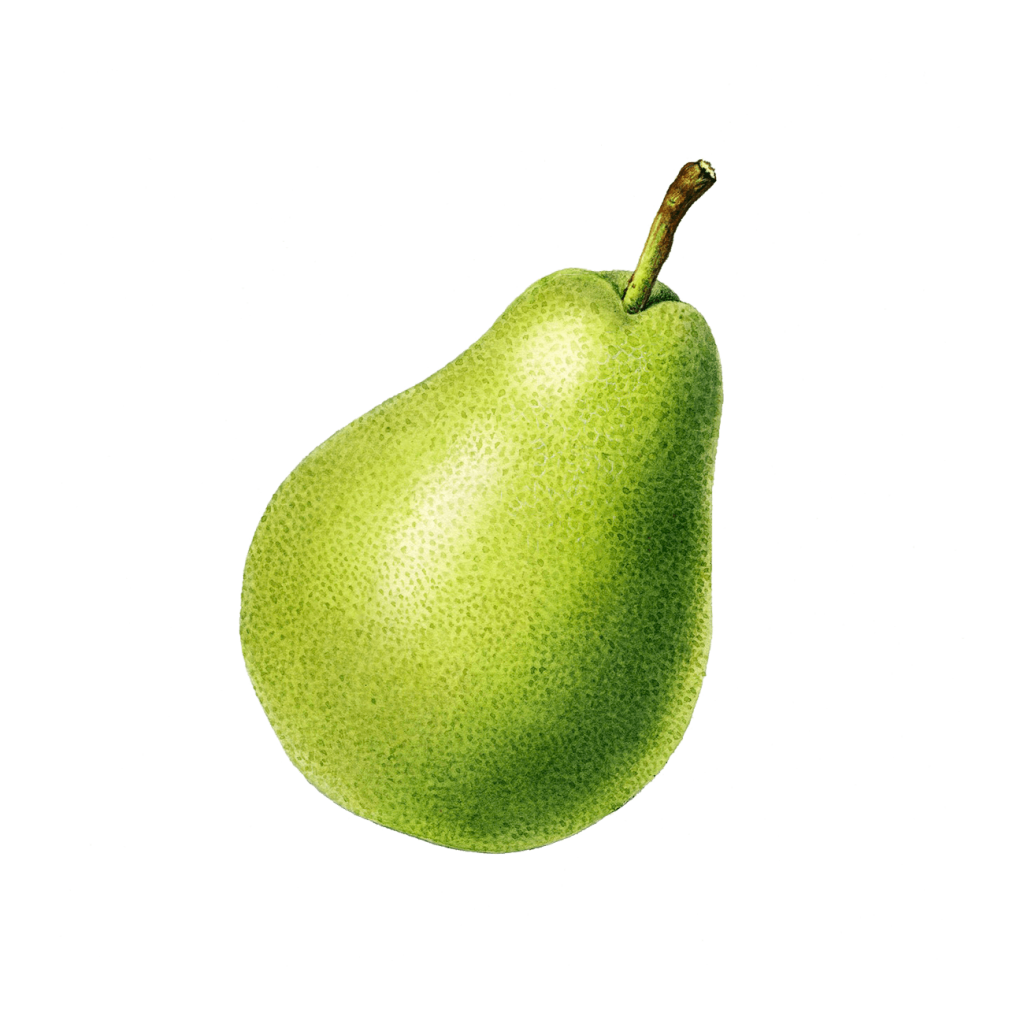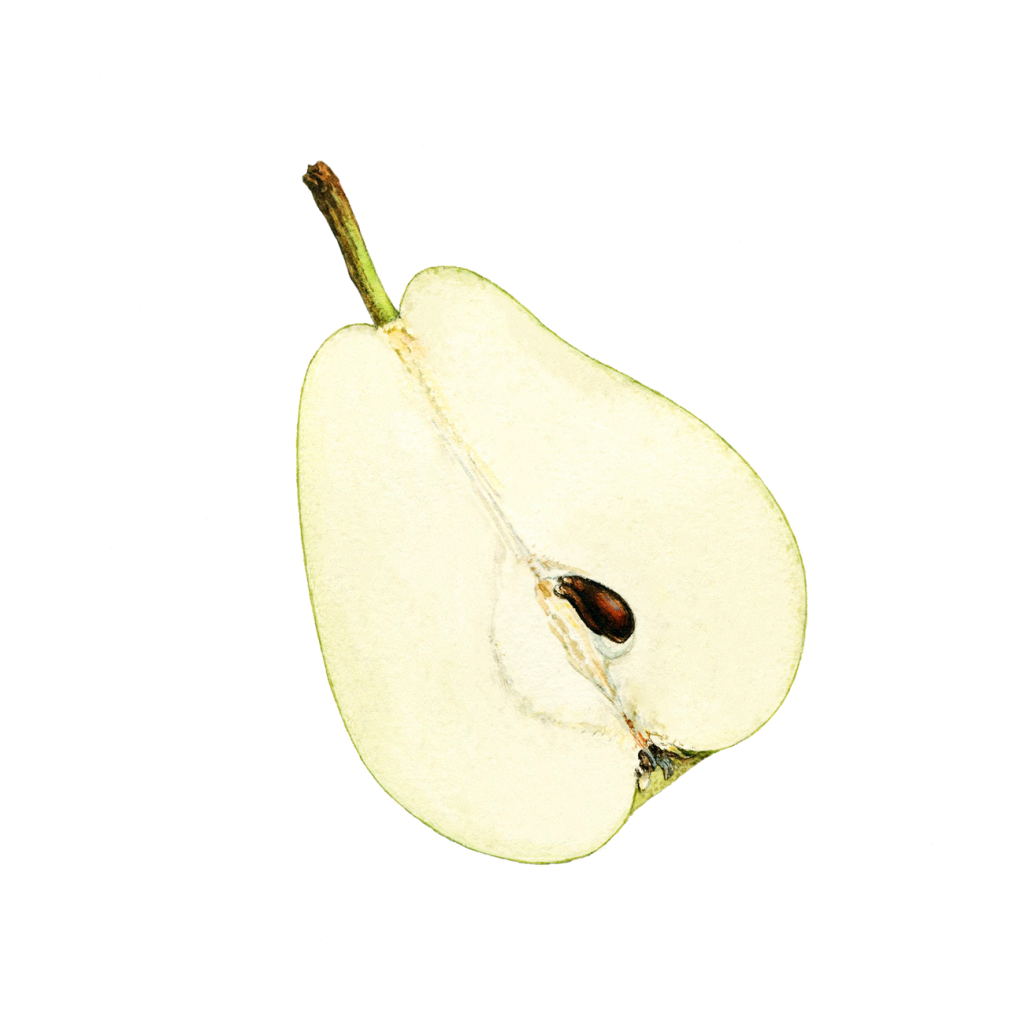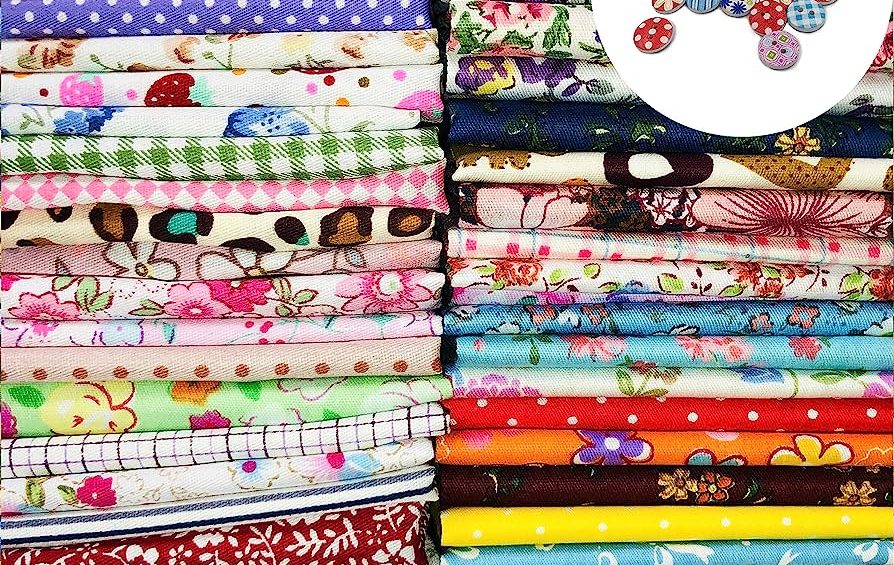The textile industry has come a long way since the days of handloom weaving. Today, advanced machinery and technology have revolutionized the way textiles are produced, making the process faster, more efficient, and cost-effective. In this article, we’ll explore the evolution of textile manufacturing, from its humble beginnings to the high-tech processes of today.
Handloom Weaving: The Early Days
The history of textile manufacturing dates back thousands of years, with early civilizations using natural fibers such as cotton, wool, linen, and silk to create clothing and fabrics. Handloom weaving was the primary method of textile production for centuries, with artisans manually weaving threads on a loom to create intricate patterns and designs.
In addition to being time-consuming and labor-intensive, handloom weaving relied heavily on the skill and expertise of the weaver. The process was slow and cumbersome, with each piece taking weeks or even months to produce.
Industrial Revolution: The Rise of Textile Factories
The advent of the Industrial Revolution in the late 18th century brought about significant changes in textile manufacturing. The development of the power loom by Edmund Cartwright in 1784 marked the beginning of mechanized textile production, enabling cloth to be produced on a much larger scale than ever before.
With the introduction of steam-powered machines, textile factories began to emerge across Europe and North America, ushering in a new era of mass production. This led to increased efficiency, lower costs, and higher productivity, making textiles more affordable and accessible to people from all walks of life.
Modern Manufacturing: High-Tech Processes
Today, textile manufacturing is a highly sophisticated process that utilizes cutting-edge technology and machinery to produce fabrics and garments on an industrial scale. Advanced manufacturing techniques, including computer-aided design (CAD), computer-controlled knitting machines, and digital printing, have made it possible to create complex patterns and designs quickly and accurately.
One of the most significant advancements in textile manufacturing has been the development of automated machinery and robots, which can perform tasks that were previously done manually. These machines can handle everything from spinning and weaving to dyeing and finishing, significantly reducing production time and costs.
Another innovation in textile manufacturing is sustainability. As concerns around environmental impact grow, textile manufacturers are finding ways to produce textiles more sustainably. This includes using recycled materials, reducing water usage, and implementing eco-friendly processes throughout the supply chain.
Challenges Facing Textile Manufacturing
Despite the advancements in technology and sustainability, the textile industry still faces several challenges. One of the most significant issues is the competition from low-cost producers in countries such as China and Bangladesh, which make it difficult for manufacturers in developed countries to remain competitive.
Additionally, as consumer demand for sustainable and ethically produced textiles grows, manufacturers must find ways to meet these expectations while remaining profitable. This requires investment in new technologies and processes, which can be costly and time-consuming.
The evolution of textile manufacturing has been a fascinating journey, from the days of handloom weaving to the high-tech processes of today. As technology continues to evolve, we can expect to see further innovations that will improve efficiency and sustainability in the industry.
While the challenges facing the textile industry are significant, manufacturers who invest in new technologies and processes will be better positioned to compete in an increasingly globalized market. With the right approach, the future of textile manufacturing looks bright, with opportunities for growth, innovation, and sustainability.




